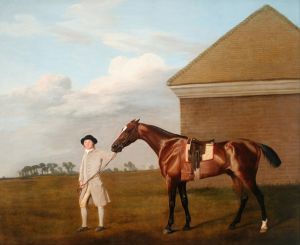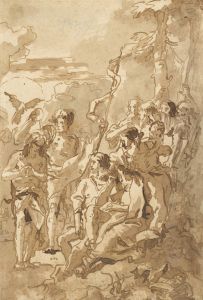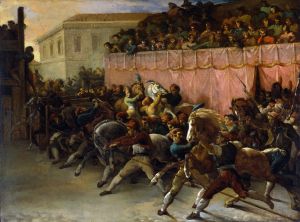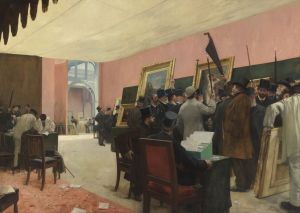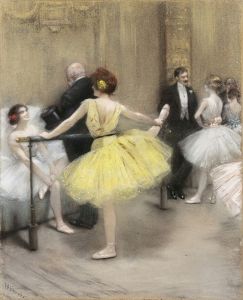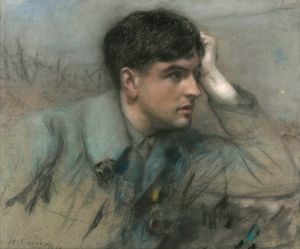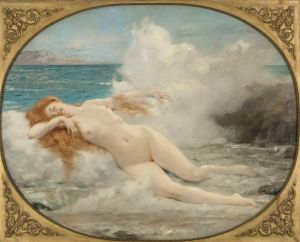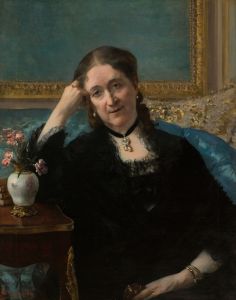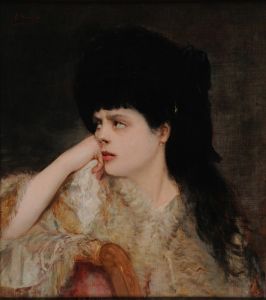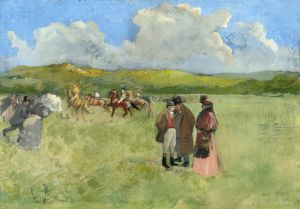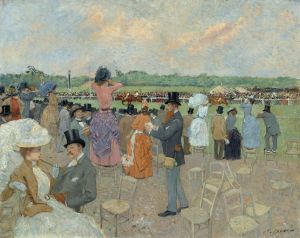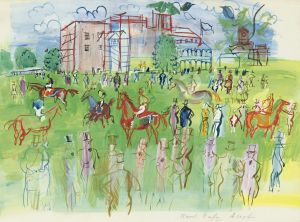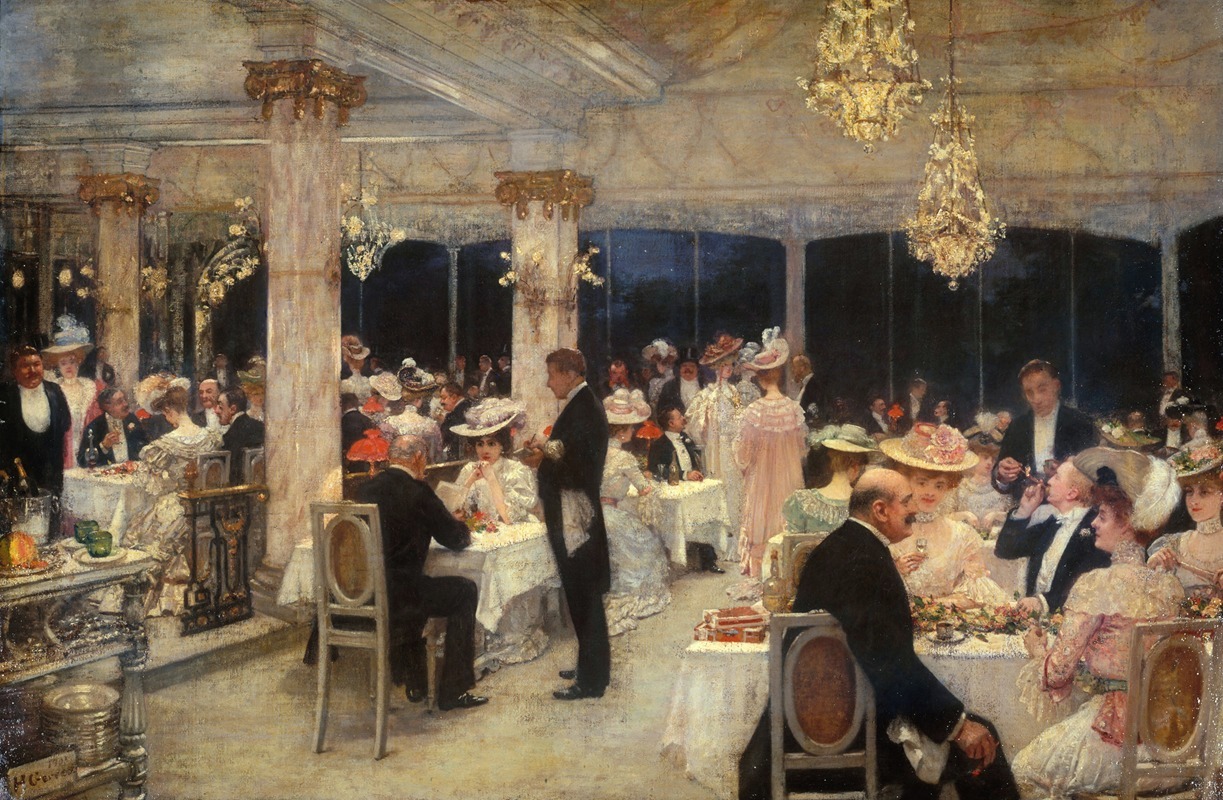
Armenonville, le soir du Grand-Prix.
A hand-painted replica of Henri Gervex’s masterpiece Armenonville, le soir du Grand-Prix., meticulously crafted by professional artists to capture the true essence of the original. Each piece is created with museum-quality canvas and rare mineral pigments, carefully painted by experienced artists with delicate brushstrokes and rich, layered colors to perfectly recreate the texture of the original artwork. Unlike machine-printed reproductions, this hand-painted version brings the painting to life, infused with the artist’s emotions and skill in every stroke. Whether for personal collection or home decoration, it instantly elevates the artistic atmosphere of any space.
Henri Gervex's painting Armenonville, le soir du Grand-Prix is a work by the French artist Henri Gervex (1852–1929), a prominent painter of the late 19th and early 20th centuries. Gervex was known for his contributions to academic art, as well as his depictions of modern Parisian life, often capturing scenes of leisure, fashion, and society.
The painting's title, which translates to Armenonville, the Evening of the Grand Prix, refers to the Pavillon d'Armenonville, a famous restaurant and venue located in the Bois de Boulogne, a large public park in Paris. During the Belle Époque, the Pavillon d'Armenonville was a popular gathering place for the Parisian elite, known for its luxurious atmosphere and association with high society. The "Grand Prix" mentioned in the title likely refers to the Grand Prix de Paris, a prestigious horse race held annually at the Longchamp Racecourse, also located in the Bois de Boulogne. The event was a major social occasion, attracting fashionable crowds and serving as a showcase of Parisian culture and elegance.
The painting itself is believed to depict an evening scene at the Pavillon d'Armenonville following the Grand Prix, capturing the lively and glamorous atmosphere of the time. Gervex's work often emphasized the vibrancy of modern life, and this painting is no exception, showcasing the artist's skill in portraying light, movement, and the interactions of people in a social setting. The figures in the painting are dressed in the formal attire typical of the era, reflecting the sophistication and opulence associated with such events.
Henri Gervex was a member of the Académie des Beaux-Arts and achieved considerable success during his lifetime. He was known for his ability to blend traditional academic techniques with contemporary subject matter, making his works both technically accomplished and culturally relevant. While Armenonville, le soir du Grand-Prix is not as widely recognized as some of his other works, such as Rolla or The Coronation of Nicholas II, it remains an example of his interest in documenting the social life of Paris during the Belle Époque.
Further details about the painting, including its current location or specific dimensions, are not widely documented in public sources.





